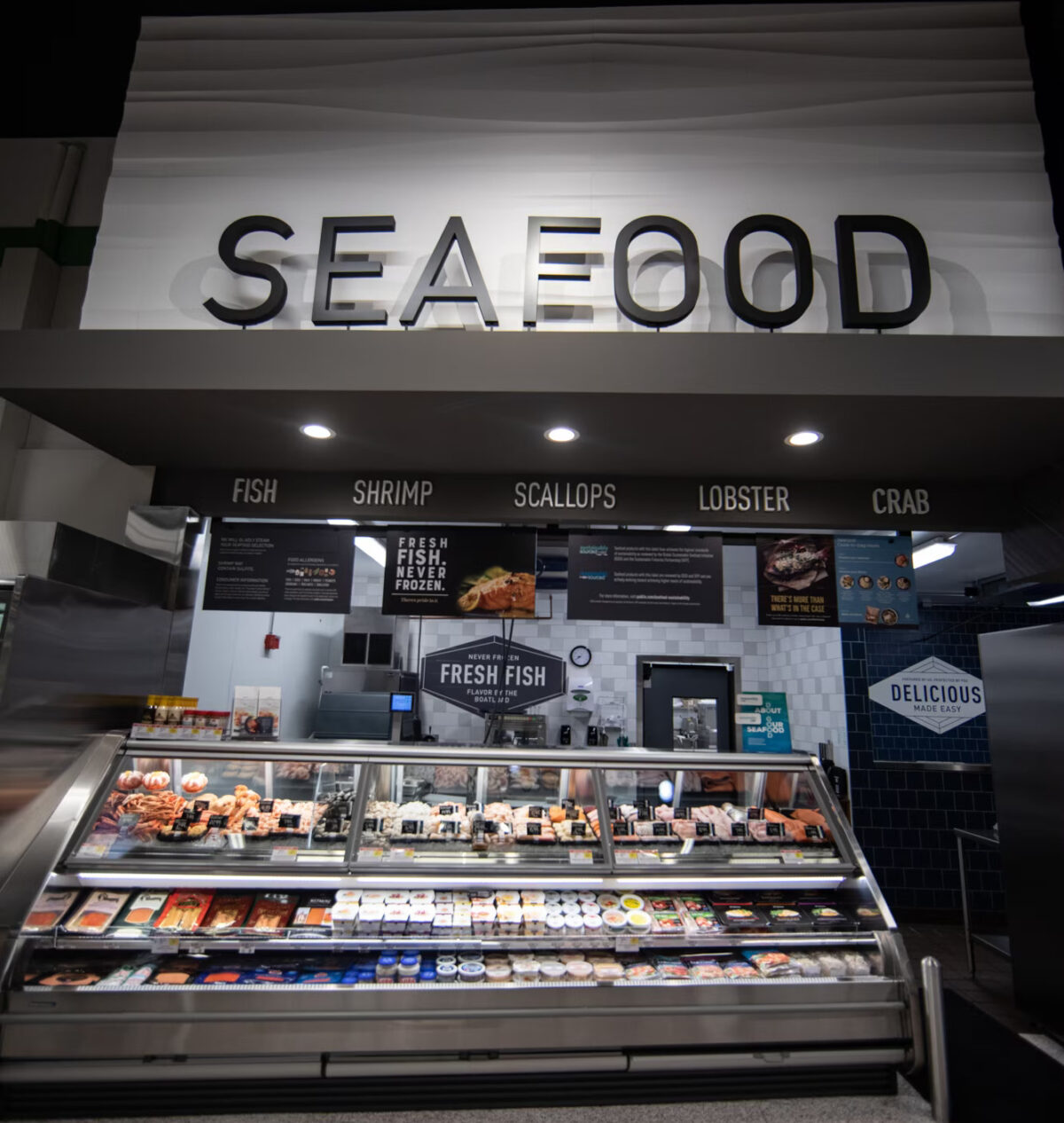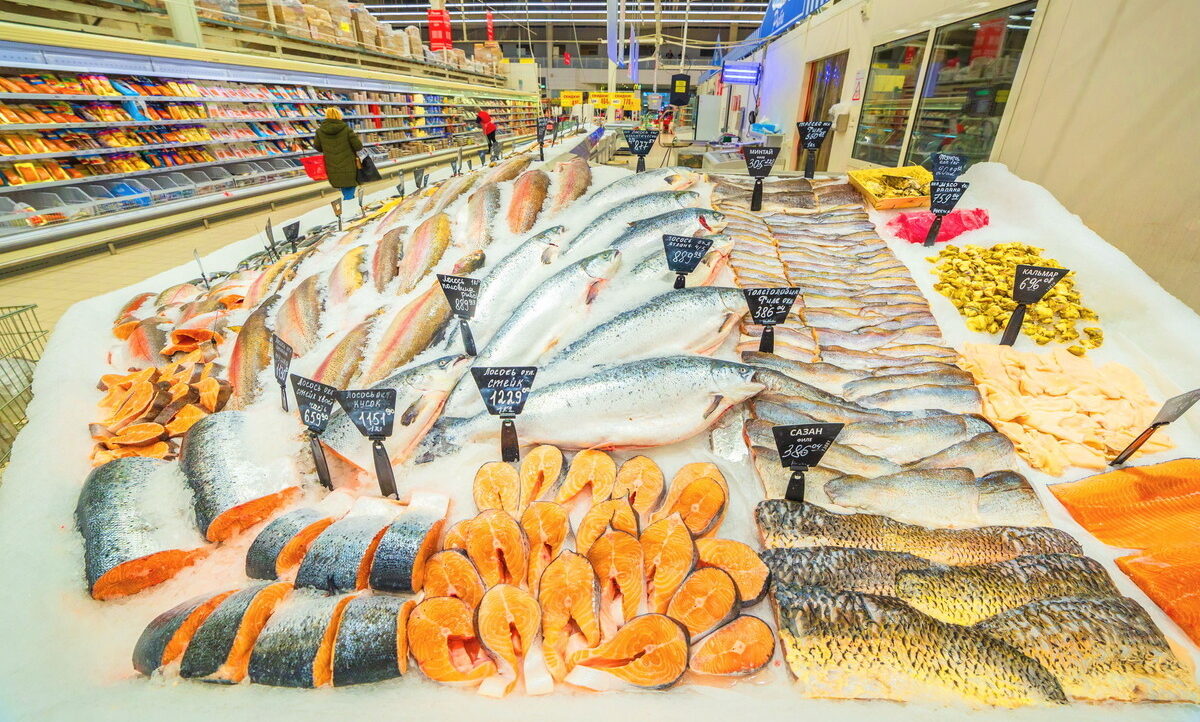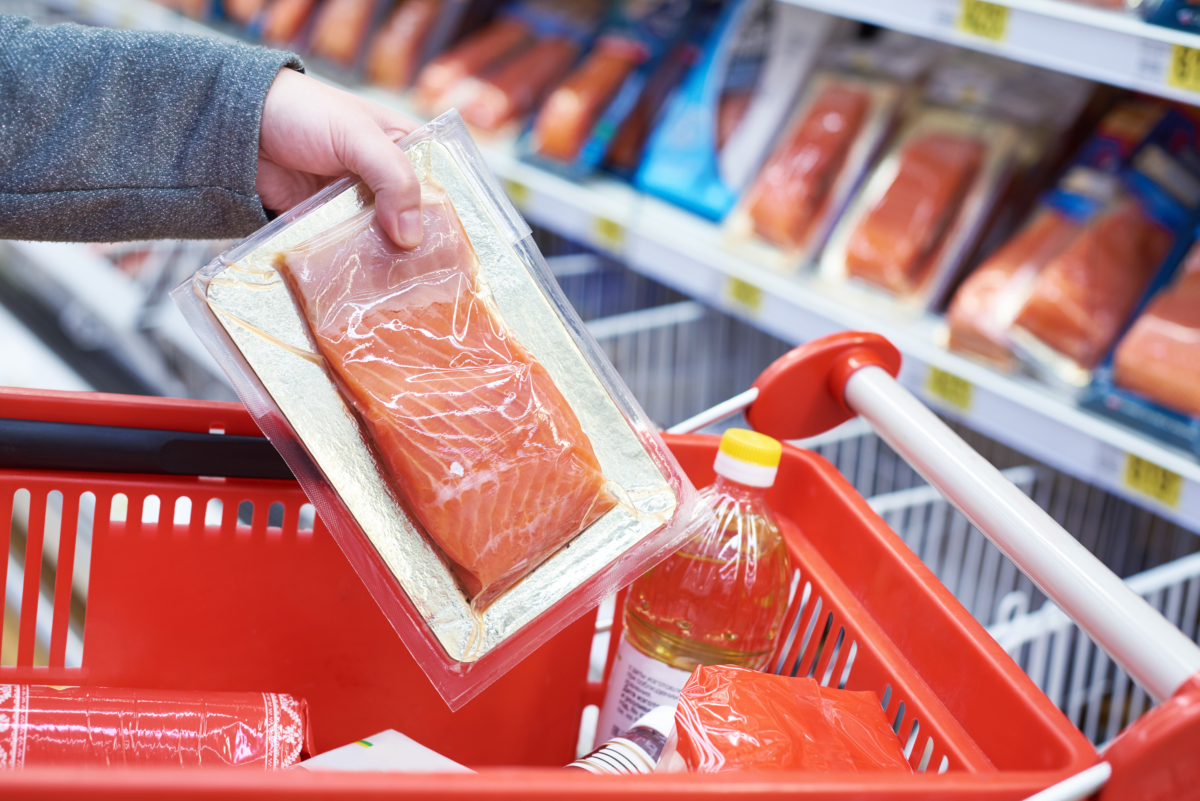Advice to consumers
How can I make sure my seafood is sustainable?
Should you stop eating seafood altogether? Should you only eat certified fish? Are some kinds of seafood better than others?
If you like seafood and are also concerned about the health of our oceans, you’re probably finding a lot of conflicting advice.
The good news is that, with a few simple actions, you can keep eating the seafood you love and at the same time have a positive impact on ocean health and fisheries sustainability.
Buy from retailers who actively support fisheries improvements.
This is the single most important way to support seafood sustainability.
Look at your favorite supermarket’s website:
- Do they have a sustainability section? Is there anything about seafood?
- Do they have an action plan for improving the sustainability of their supply chain?
If you shop with any of SFP’s retail partners, the answer to all of those questions is YES.
If you can’t find any information on their website, check out SFP’s Ocean Disclosure Project, an online platform where companies share information on the sustainability of their seafood sources. And if all else fails, ask an employee if they can tell you where their seafood comes from.

Encourage your local retailers to support fisheries improvements.
If your local retailer does not have a sustainable seafood commitment, ask if they will make one. Encourage them to join the Ocean Disclosure Project and buy from responsible suppliers who support conservation efforts in the fisheries and fish farms they source from.
Seafood suppliers who participate in SFP’s Supply Chain Roundtables have made a commitment to foster and support improvements in their source fisheries. Even small local retailers can make a difference by sourcing from suppliers who are leading improvement efforts.

Choose certified fish, but don’t give up on other fisheries.
Look for eco-labels on individual seafood products. Choosing seafood certified by the Marine Stewardship Council, the Aquaculture Stewardship Council, or the equivalent can help ensure that your choices are sustainable.
But don’t ask your retailer to stop stocking uncertified fish.
Supermarkets are major buyers of seafood and can use their buying power to drive change in their supply chains and mobilize improvement efforts in fisheries where they don’t yet exist.
Rather than abandoning the fisheries that need the most help, we should work to fix their problems, such as through fishery improvement projects (FIPs) and aquaculture improvement projects (AIPs).

Do a deeper dive on seafood sustainability
If you have the time and interest, you can learn much more about where your seafood comes from.
You can check to see if the source fishery or aquaculture region has been evaluated by a ratings system, even for uncertified seafood. SFP’s online FishSource database has profiles of thousands of fisheries and aquaculture regions where you can see their improvement progress and learn more about sustainability issues.
The Certification and Ratings Collaboration is another good place to look. SFP is a founding member of the Collaboration, which brings together five global seafood assessment programs to increase impact. The Collaboration’s Sustainable Seafood Data Tool includes information on both environmental performance and human rights abuses and risks.
What else can I do?
Contact SFP to learn more about our work and the journey toward a world of 100% sustainable seafood.
